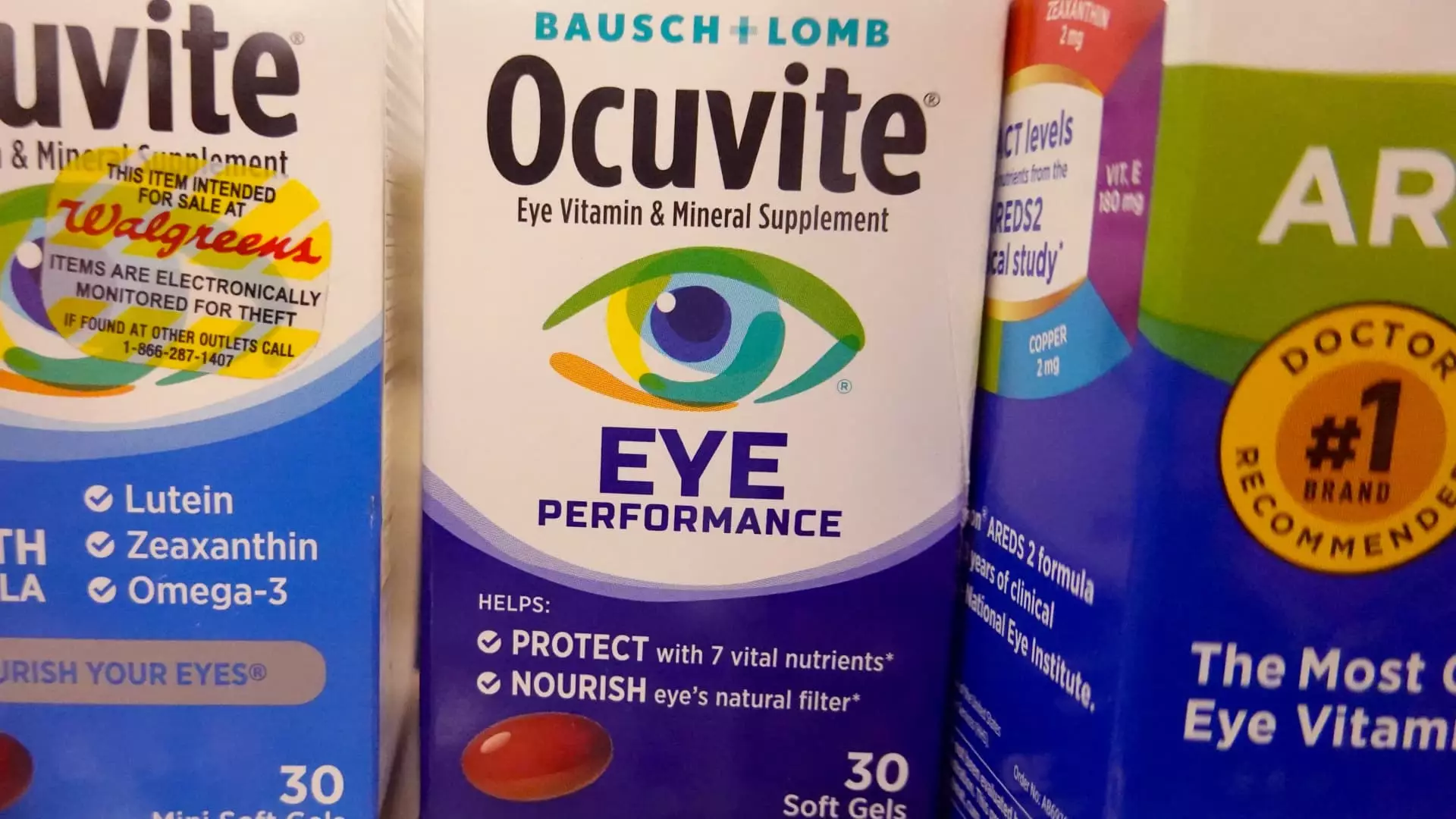Bausch Health, previously operating under the name Valeant Pharmaceuticals, has established itself as a crucial entity in the global pharmaceutical landscape with its headquarters located in Canada. The company diversifies its portfolio across several therapeutic domains, namely dermatology, gastroenterology, neurology, and ophthalmology. Bausch Health is structured into five main divisions: Bausch + Lomb, Salix Pharmaceuticals, International Rx, Solta Medical, and Diversified Products. Among these, Bausch + Lomb stands out for its extensive reach in the eye care market, a segment crucial for the company’s ongoing reputation and financial performance.
The involvement of activist investors in Bausch Health has added a complex layer to its corporate strategy. Carl Icahn, a well-known activist investor, filed a 13D with the U.S. Securities and Exchange Commission in February 2021, signaling his intent to enhance shareholder value through direct engagement with the management and board of directors. This type of influence can often lead to significant shifts in a company’s strategic approach, as was demonstrated by the eventual expansion of the board from 11 to 13 members, with Icahn’s portfolio managers appointed as directors.
This move illustrates how the dynamics of corporate governance can shift with the involvement of high-profile investors, drawing attention to ongoing debates about accountability, strategic direction, and the alignment of interests between management and shareholders.
In May 2022, Bausch + Lomb was spun off into a distinct publicly traded entity while maintaining Bausch Health’s 88% ownership stake. This strategic maneuver aimed to clarify the valuation of both companies, separating the profitable eye care division from the other operations that carry varying levels of risk and reward. The spin-off is seen as a pivotal moment in Bausch Health’s transformation, potentially allowing investors to appreciate the value of each entity more transparently and effectively.
Despite Bausch + Lomb’s potential, it faces challenges concerning its valuation due to its debt-laden parent company. As noted in recent analyses, Bausch Health’s consolidated balance sheet carries a staggering debt of $20.4 billion, with Bausch + Lomb’s portion contributing significantly to this figure. This financial weight can depress the enterprise value of Bausch + Lomb and complicate the potential for a sale or takeover that investors might seek.
Reports have emerged indicating that Bausch + Lomb retained Goldman Sachs to explore a potential sale, emphasizing the notion that a change in ownership could unlock greater value than what is presently reflected in the stock price—currently trading much lower than its estimated fair market value based on industry comparisons. This disparity underlines the intricacies of market sentiment, investor confidence, and the impact of reported strategic moves.
Additionally, Bausch Health’s future financial health appears linked to the performance of its core divisions, primarily Salix Pharmaceuticals, which specializes in gastroenterology products. However, the dependence on the Xifaxan drug for the majority of revenue raises concerns about sustainability post-patent expiration in January 2028. While conservative estimates suggest significant present value from existing sales, the long-term outlook remains precarious.
The broader context includes Bausch Health’s projections for remaining divisions: International Rx, Diversified Products, and Solta Medical—all of which contribute to the company’s operating income. Each segment, assessed against industry peers, offers insight into how Bausch Health can potentially rebuild its market position. Nevertheless, a comprehensive valuation must consider the financial multiples of these divisions and the prevailing economic landscape affecting the pharmaceutical sector.
As Bausch Health navigates these multifaceted challenges, it will need to effectively communicate its growth strategy to appease stakeholders and reassure investors. The integration and potential spinoff of Bausch + Lomb paired with existing obligations require a balanced approach focused on innovation, operational efficiency, and strategic partnerships.
Moreover, the involvement of activist investors poses both opportunities and risks. While these investors may drive improvements and greater accountability, they can also impose short-term pressures that drive decisions potentially detrimental in the long run.
Bausch Health exemplifies the transformative potential of a company grappling with its identity amidst both internal and external pressures. Its ability to leverage its core strengths, address its financial challenges, and delineate a clear strategic vision will ultimately determine its market positioning and shareholder value over the coming years.

